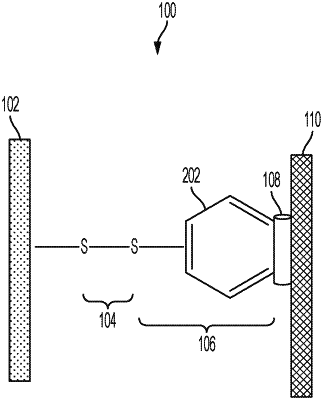| CPC C04B 41/522 (2013.01) [C04B 41/009 (2013.01); C04B 41/4556 (2013.01); C04B 41/46 (2013.01); C04B 41/5003 (2013.01); C04B 41/82 (2013.01); C04B 41/85 (2013.01); C04B 41/89 (2013.01); G02B 1/10 (2013.01); G02B 3/00 (2013.01); G02B 5/00 (2013.01); B29L 2011/00 (2013.01)] | 14 Claims |

|
1. An optical element, comprising:
an optical surface comprising a ceramic material;
a coating comprising a bifunctional molecule arranged on the optical surface, the bifunctional molecule comprising a first functional group and a second functional group, the first functional group forming a covalent bond to the ceramic material of the optical surface, and the second functional group comprising an aromatic functional group; and
a hydrophobic hybridized carbon material non-covalently bonded to the second functional group of the bifunctional molecule of the coating;
wherein the hydrophobic hybridized carbon material is non-covalently bonded to the second functional group of the bifunctional molecule of the coating by Pi stacking interactions; and
wherein the hydrophobic hybridized carbon material is non-covalently bonded to the second functional group and is indirectly bonded to the ceramic material of the optical surface.
|